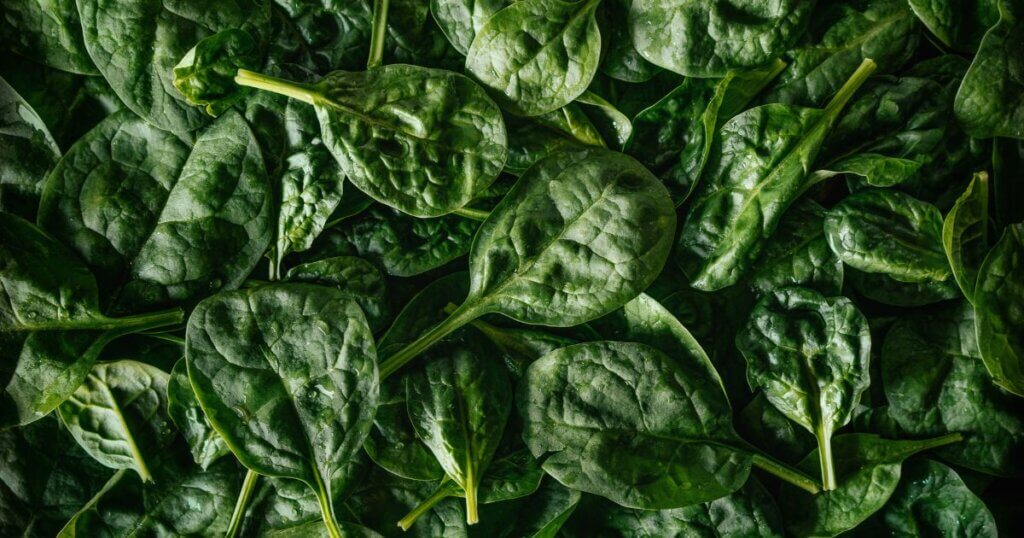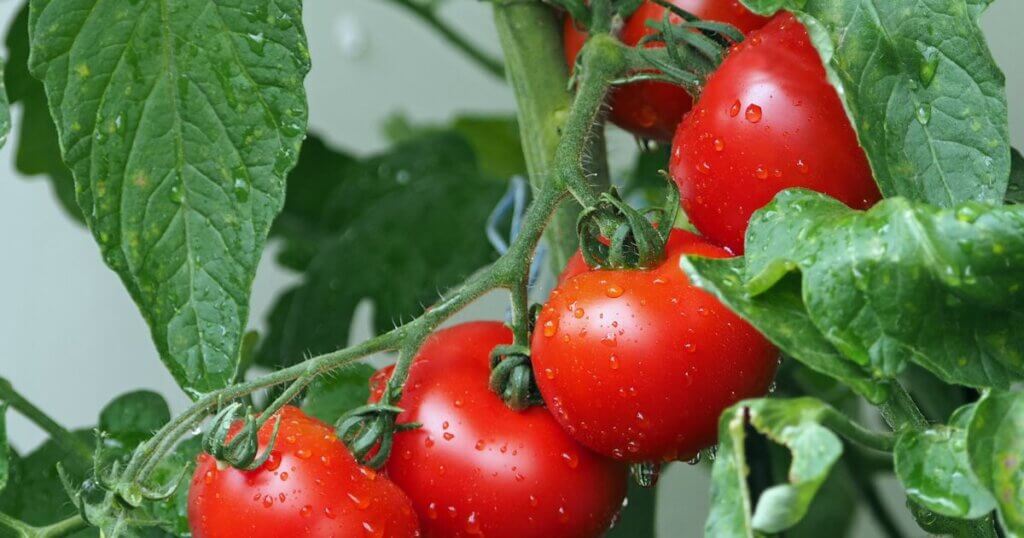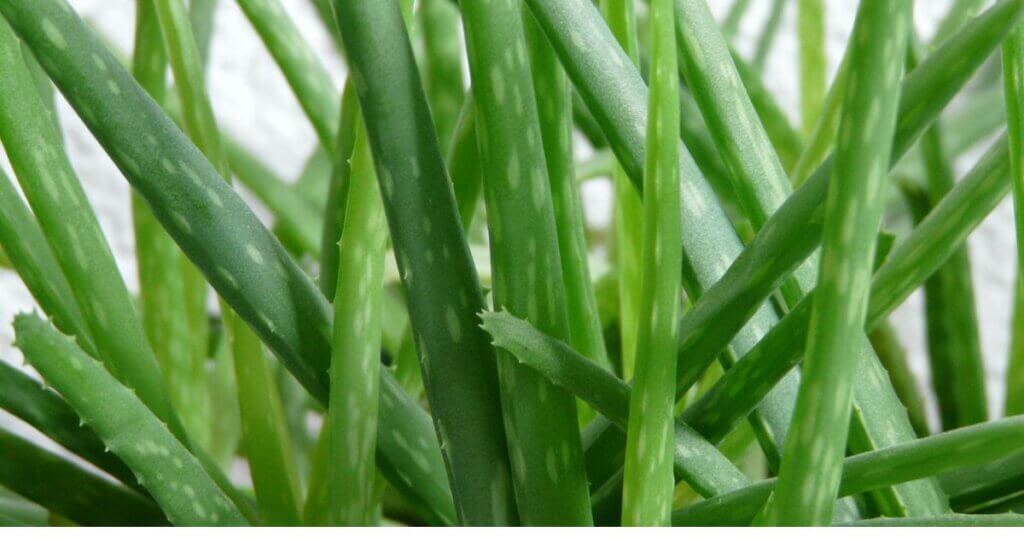The Ultimate Guide to Growing Spinach Indoors

Table of Contents
Growing spinach indoors is a satisfying and practical way to enjoy fresh greens year-round. If you lack garden space, indoor gardening lets you cultivate spinach at home. This guide covers everything from choosing the right variety to harvesting. So, grab your gloves and start growing delicious spinach indoors!
Why Choose Spinach for Indoor Gardening?
Health Benefits of Spinach
Spinach is an incredibly nutritious leafy green that is loaded with vitamins and minerals. It’s rich in vitamin A, vitamin K, vitamin C, folate, and iron, which are essential for maintaining a strong immune system, healthy skin, and proper cell function. Additionally, spinach is low in calories, making it a fantastic addition to a healthy diet. Beyond its nutrition, spinach is also a versatile ingredient. Whether used in salads, smoothies, soups, or sautés, this green is a staple in many kitchens. The best part? Growing spinach indoors means you can have a continuous supply of fresh, homegrown greens without needing to leave your home.
Space-Saving and Convenience
Not everyone has access to a sprawling garden, but that doesn’t mean you can’t grow your food. Spinach is a compact plant that doesn’t need a lot of space, making it perfect for apartments, kitchens, or even windowsills. Indoor gardening allows you to take advantage of otherwise unused spaces in your home and turn them into a thriving, green oasis. Best of all, it’s possible to grow spinach year-round indoors, meaning you can enjoy fresh greens no matter the season.
Understanding the Basics of Growing Spinach Indoors
Before you dive into growing spinach indoors, it’s essential to understand what this plant needs to thrive. Spinach is relatively easy to grow, but it does have specific requirements for lighting, temperature, soil, and watering. Here’s what you need to know to ensure successful spinach growth:
Choosing the Right Type of Spinach
There are various types of spinach to choose from, but not all are suited for indoor gardening. Some varieties are better equipped to handle smaller growing spaces and are more tolerant of indoor conditions.
- Smooth-leaf spinach: This is the most commonly grown variety and is perfect for indoor gardening. It has broad, smooth leaves and grows well in containers.
- Baby spinach: This type of spinach grows quickly and is ideal for harvesting small, tender leaves. It’s great for indoor gardening as it doesn’t require as much space.
- Savoy spinach: Known for its curly leaves, this variety is slightly harder to grow indoors but still does well if you can manage its light and temperature needs.
Ideal Indoor Conditions for Spinach
Spinach thrives in cool temperatures and moderate humidity, making it a perfect candidate for indoor gardening. Here’s a breakdown of the key conditions needed for spinach to flourish indoors:
- Temperature: Spinach grows best in temperatures between 55°F and 70°F (13°C to 21°C). It’s a cool-season crop, so it doesn’t do well in high heat. If your indoor environment tends to get too warm, you may need to adjust the temperature or move your plants to a cooler spot.
- Light: Spinach needs at least 6 hours of sunlight per day, but because you’re growing indoors, you may need to supplement with artificial light. The more light you can provide, the healthier your spinach will be.
- Humidity: Spinach prefers moderate humidity levels. While it can tolerate average indoor humidity, using a humidity tray or a small humidifier can help boost humidity if necessary.
Selecting the Best Containers for Growing Spinach Indoors
When growing spinach indoors, choosing the right container is essential for the plant’s success. Spinach has relatively shallow roots, so it doesn’t require an overly deep container, but it still needs enough space to grow and thrive.
Container Size and Material
- Container size: For growing spinach indoors, choose a container that’s at least 6 to 8 inches deep. This will give the spinach plant enough room for its root system to expand and ensure proper drainage.
- Material: The type of container material you use can affect plant health. Plastic, ceramic, or fabric pots all work well for indoor spinach. Plastic is lightweight and retains moisture, while ceramic and clay pots allow for better air circulation around the roots. Fabric pots, also known as grow bags, are a good option for preventing root rot because they allow excess moisture to escape.
Gardzen Fabric Pots are breathable, have great drainage, and help prevent root rot—making them ideal for spinach grown indoors.
Drainage
Proper drainage is crucial for spinach health. Make sure your container has drainage holes to prevent water from accumulating at the bottom of the pot, which can lead to root rot. You can place a small tray under your pot to catch excess water, but ensure that the tray doesn’t hold water for too long.
Preparing the Soil for Indoor Spinach Growth
For indoor spinach, use a well-draining, lightweight potting mix instead of dense garden soil, which can harbor pests. Adding organic compost enriches the soil with nutrients for healthy growth. Fertilize lightly every 4 to 6 weeks with an organic, balanced 10-10-10 formula to support growth without compromising flavor. Avoid over-fertilizing, as it can lead to excessive leaf growth and poor texture.
You advise using a well-draining, nutrient-rich potting mix. FoxFarm Ocean Forest is an organic soil blend with earthworm castings and compost—perfect for strong spinach growth without compacting the roots.
Planting Spinach Indoors: Step-by-Step
Step 1: Prepare Your Seeds or Seedlings
- Starting from seed: If you’re starting from seed, fill your container with soil, leaving about an inch of space at the top. Sow your spinach seeds about 1/2 inch deep and cover them lightly with soil. Keep the soil moist until the seeds germinate.
- Using seedlings: If you’re using seedlings, simply plant them in the prepared container, making sure the roots are well-covered with soil. Space the seedlings about 4 to 6 inches apart, giving them room to grow.
Step 2: Plant Your Spinach
Once your seeds or seedlings are ready, it’s time to plant them. If you’re starting with seeds, sprinkle them evenly across the surface of the soil, then cover lightly with a thin layer of soil. Water gently and place the container in a warm, bright spot.
Providing the Right Lighting for Indoor Spinach
Spinach requires plenty of light to grow properly. If you’re lucky enough to have a sunny spot, that’s great! But if you’re growing indoors without direct access to sunlight, you can use artificial grow lights to give your spinach the light it needs.
Since spinach needs 12–16 hours of light and your readers may lack a sunny windowsill, GE’s Full Spectrum Grow Light provides efficient, balanced lighting that supports lush, healthy leaf development.
Natural Light vs. Artificial Grow Lights
- Natural light: If possible, place your spinach container in a south-facing window that receives plenty of sunlight. Spinach loves bright, indirect light and will thrive with at least 6 hours of sunlight per day.
- Artificial grow lights: If your home doesn’t have enough natural light, use grow lights to supplement. LED grow lights are the most efficient option, providing the right spectrum of light without wasting energy. Fluorescent lights are also a good choice for spinach.
Best Lighting for Spinach
Spinach thrives with 12 to 16 hours of light daily, mimicking the long daylight hours of its natural growing season. If natural sunlight is limited, supplement with artificial grow lights to ensure steady growth and vibrant leaves. Position the lights about 6 to 8 inches above the plants, adjusting them as they grow to maintain optimal exposure. This prevents overheating, which can cause wilting, or inadequate warmth, which may slow down growth and weaken the plants.
Temperature and Humidity Needs for Healthy Spinach
Maintain a consistent indoor temperature between 55°F and 70°F (13°C to 21°C) for healthy spinach growth, avoiding heat vents or air conditioners that cause stress. Spinach also thrives in moderate humidity levels of 40% to 50%, so if your home is dry, especially in winter, use a humidity tray or small humidifier to maintain proper moisture.
The LEVOIT Humidifier is quiet, compact, and perfect for regulating indoor moisture, especially during dry winter months.
Watering and Maintenance for Growing Spinach Indoors
Water spinach every 3 to 4 days or when the top inch of soil feels dry, as consistent moisture is essential for healthy growth. Use a watering can with a fine spout or a spray bottle to gently hydrate the plants without disturbing the soil or compacting it. Proper drainage is crucial to prevent root rot, so ensure your container has drainage holes and avoid letting water pool at the bottom. Depending on temperature, humidity, and container size, you may need to adjust the watering frequency to keep the soil evenly moist but not soggy.
The Fiskars Easy Pour Watering Can is ergonomically designed and delivers water smoothly without disturbing the soil or plants.
Harvesting Your Indoor Spinach
One of the best parts of growing spinach indoors is the ability to harvest fresh greens whenever you want. Spinach grows quickly, so you can start picking leaves as early as 4 to 6 weeks after planting, depending on the variety.
Spinach is ready to harvest when the leaves reach a suitable size, typically 4 to 6 weeks for baby spinach and 8 to 10 weeks for mature plants. You can pick individual leaves while allowing the plant to keep growing. Use sharp scissors or pruning shears to cut leaves from the outer part, ensuring the inner, smaller leaves remain intact for continued growth.
The VIVOSUN Hand Pruner offers precision trimming, ensuring clean cuts that encourage regrowth and reduce stress on the plant.
Troubleshooting Common Problems When Growing Spinach Indoors
Yellowing leaves often indicate overwatering, poor drainage, or nutrient deficiencies, so ensure proper drainage and avoid excessive watering. If the issue persists, add a balanced fertilizer to restore nutrients. Leggy growth occurs due to insufficient light, so move your spinach to a brighter spot or use grow lights for healthier, more compact growth.
Organic Plant Magic is a balanced, easy-to-use liquid fertilizer that helps revive nutrient-depleted spinach and promote lush growth.
Benefits of Growing Spinach Indoors Year-round
One of the best reasons to grow spinach indoors is the ability to enjoy fresh, homegrown greens year-round, regardless of the season. With proper care, including adequate light, water, and nutrients, your spinach plants can continue producing for an extended period, ensuring a steady supply of nutritious leaves. This means you can always have fresh spinach on hand for salads, smoothies, omelets, and various cooked dishes without relying on store-bought options. Indoor gardening also allows you to control growing conditions, leading to healthier, pesticide-free spinach that tastes fresher and more flavorful.
Expert Tips for Maximizing Indoor Spinach Yield
To maximize your spinach yield, try using vertical gardening methods or growing multiple containers of spinach in different stages. This allows you to stagger harvests and have a continuous supply of fresh spinach. Additionally, consider using companion plants like herbs or radishes that thrive alongside spinach to optimize your indoor garden space.
Conclusion: Enjoy Fresh, Homegrown Spinach Indoors
Growing spinach indoors is an easy and enjoyable way to have fresh, nutrient-rich greens at your fingertips year-round. By following the tips and guidelines in this comprehensive guide, you’ll be able to grow spinach indoors like a pro. Whether you’re an experienced gardener or a beginner, indoor spinach gardening is a great way to bring fresh greens into your life.
FAQs for Growing Spinach Indoors
1. How long does it take to grow spinach indoors?
Depending on the variety and environmental conditions, spinach typically takes about 4 to 6 weeks to reach maturity when grown indoors. Baby spinach can be harvested earlier, while larger, mature spinach may take around 8 to 10 weeks.
2. Can spinach be grown indoors without direct sunlight?
Yes, spinach can be grown indoors without direct sunlight, but it still needs adequate light to thrive. You can use artificial grow lights to provide the necessary spectrum of light for spinach to grow healthy and strong, especially during the winter months when natural light is limited.
3. What temperature is best for growing spinach indoors?
Spinach grows best in temperatures between 55°F and 70°F (13°C to 21°C). It’s a cool-season crop, so avoid placing it in a spot where temperatures can exceed 75°F (24°C) for extended periods, as this can cause the plant to bolt (flower and go to seed).
4. How often should I water spinach when grown indoors?
Water spinach when the top inch of soil feels dry to the touch. Generally, spinach needs watering every 3 to 4 days, but the frequency depends on the indoor environment’s humidity and temperature. Ensure the container has good drainage to prevent waterlogging.
5. Can I grow spinach indoors year-round?
Yes, spinach can be grown indoors year-round, provided you offer the right conditions. With adequate light, temperature control, and watering, you can enjoy fresh spinach regardless of the season.
Other Useful Resources Related To Growing Spinach Indoors
- 10 Tips for Growing Spinach Indoors Any Time of Year – Better Homes & Gardens
- Can Spinach Grow Indoors: How To Grow Indoor Spinach Plants – Gardening Know How
- Growing Spinach Indoors: A Guide For Beginners – Happy Leaf LED
- The 11 Best Grow Lights to Help Your Plants Thrive, Based on Testing – Better Homes & Gardens
- The Best Grow Lights for Indoor Plants – Eartheasy
Some Interesting Growing Spinach Indoors Videos











